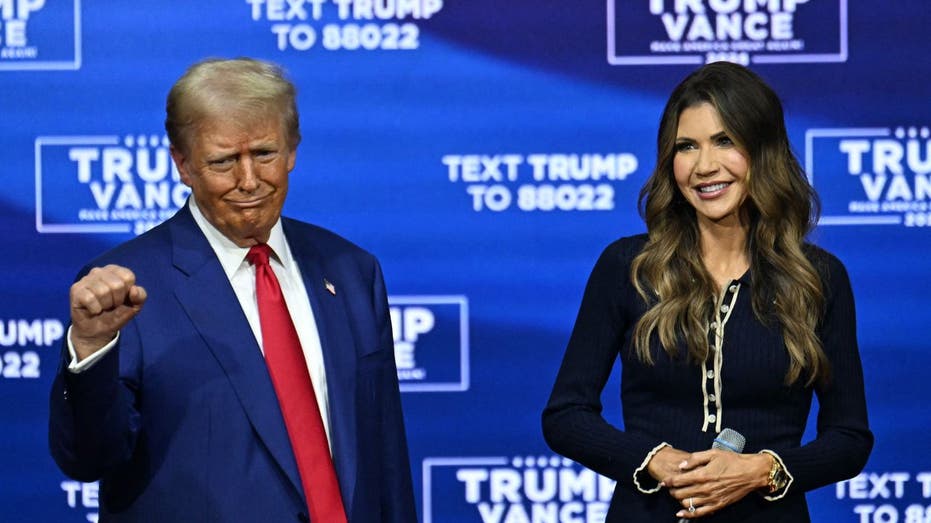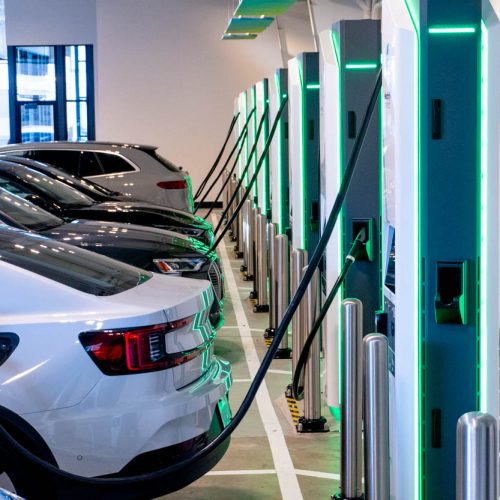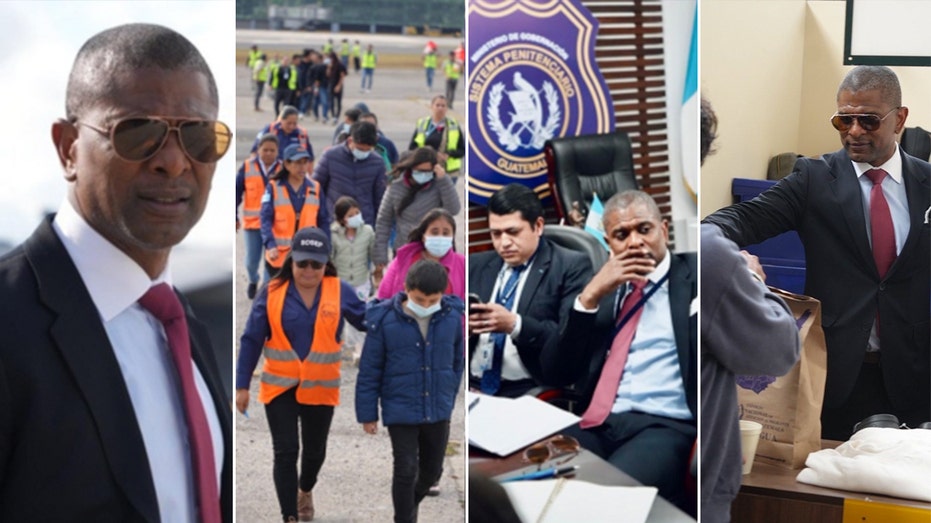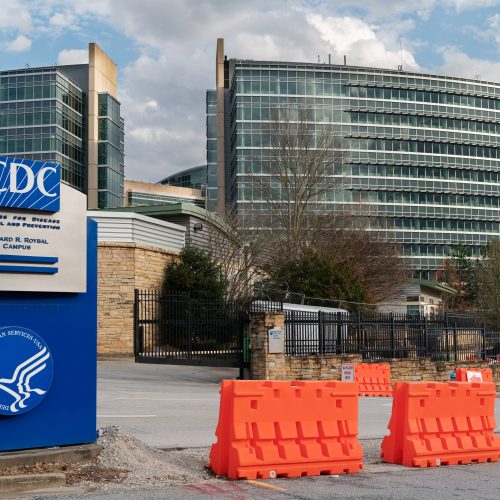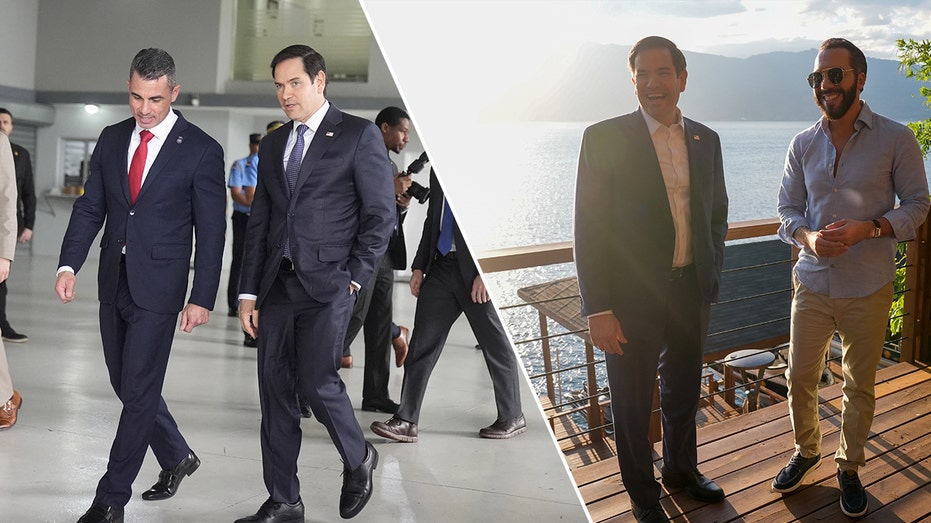Group of Venezuelans sue Trump admin for temporary immigration protections
A group of migrants is suing the Trump administration for ending a deportation shield for hundreds of thousands of Venezuelans living in the U.S., claiming that the move was illegal and driven by race.
The 48-page federal suit names Homeland Security Secretary Kristi Noem, the Department of Homeland Security and the U.S. government for revoking Temporary Protected Status (TPS) for more than 600,000 Venezuelans.
TPS grants protection from deportation and allows work permits for nationals living in the U.S. from countries deemed unsafe for them to be returned. Then-DHS Secretary Alejandro Mayorkas announced extensions for TPS for Venezuela, as well as El Salvador, Sudan and Ukraine, for an additional 18 months in the final few days of the Biden administration. That move, if left in place, would have complicated President Donald Trump's efforts to deport large numbers of those nationalities.
KRISTI NOEM JOINS IMMIGRATION RAID TO CATCH 'DIRTBAGS' IN MAJOR SANCTUARY CITY
"These actions have the effect of robbing 600,000 Venezuelan TPS holders of the right to live and work in this country for the next 18 months," the lawsuit reads.
Without the protection, at least 350,000 Venezuelan TPS holders stand to lose their legal status on April 7 and their work authorization as soon as April 2, per the lawsuit.
Another 257,000 will also be affected by September, according to the Miami Harald. Venezuelans were among the top nationalities coming into the U.S. at the height of the 2021-2024 border crisis, with many also coming in through a separate parole policy for Cubans, Haitians, Nicaraguans, and Venezuelans—a program now ended by the Trump administration.
The program for TPS for Venezuelans was put in place amid the severe economic and political crises ongoing in the country, which has seen millions flee.
The suit takes aim at Noem and comments she made when announcing the decision to revoke the TPS.
"The Secretary’s decisions also were motivated at least in part by racial animus, in contravention of the Fifth Amendment," the suit reads. "That is clear from statements the Secretary made when announcing the decisions themselves, labeling Venezuelan TPS holders as ‘dirtbags’ —an expression of racism made by the official decisionmaker as part of her explanation for the decision."
Noem made the comments while referring to a criminal illegal alien who had been apprehended by Immigration and Customs Enforcement (ICE) on kidnapping, assault and burglary charges.
"Making matters worse, that statement is just one among a torrent of similar racist statements that Secretary Noem, President Trump, and members of the Trump campaign and administration have made to attack and marginalize nonwhite immigrants generally, and the Venezuelan TPS community in particular," the suit continues.
The plaintiffs accuse Noem of conflating many TPS holders as being members of the violent Venezuelan prison gang Tren de Aragua (TdA) who have been terrorizing communities across the country. The plaintiffs claim that TdA’s threat to the U.S. are "overblown.
They also accuse Noem of a "baseless assertion" that Venezuela emptied its mental health facilities and sent them to the United States.
Additionally, they claim that she does not have the legal authority to revoke the TPS order.
The plaintiffs are calling on the courts to cancel Noem’s actions and reinstate the extension.
The suit was filed in San Francisco by the ACLU Foundation of Northern California, the Center for Immigration Law and Policy at UCLA School of Law, the ACLU Foundation of Southern California and the National Day Laborer Organizing Network on behalf of eight Venezuelan TPS holders.
The plaintiffs include two university students, a factory worker with a 12-year-old daughter and an instructional coach who’s been living in the U.S. for 12 years. The latter’s mother, father, brother, sister and nephews all live in the U.S. and are U.S. citizens, per the lawsuit.
The lawsuit goes on to accuse Trump and his administration officials of embracing racist talking points, specifically White House Deputy Chief of Staff Stephen Miller, who they accuse of supporting white nationalism and that Secretary of State Marco Rubio espoused an exaggerated depiction of TdA.
"During President Trump’s first term, every federal district court to consider the question found ‘evidence that President Trump harbors an animus against non-white, non-European aliens which influenced his (and thereby the Secretary’s) decision to end the TPS designation[s]’ for El Salvador, Haiti, Sudan, and Nicaragua in 2017 and 2018," the suit reads.
"The evidence adduced in those cases further illustrates that the conduct challenged here is part of a premeditated effort to terminate TPS without regard to applicable law or standards, and to further a racist agenda."
Fox News' Adam Shaw contributed to this report.

